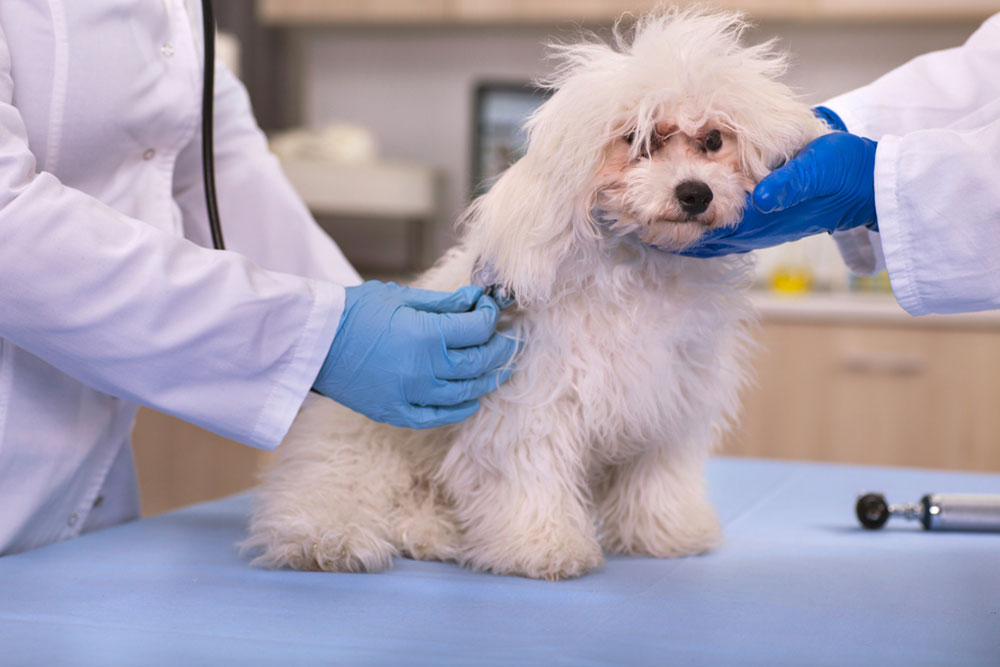Understanding the Expenses of Pet Coverage
This article provides an overview of pet insurance costs, including average premiums, coverage essentials, additional expenses, discounts, and factors influencing prices. Understanding these aspects helps pet owners make informed decisions to ensure their pets receive necessary healthcare without unforeseen financial burdens.
Sponsored

Pet insurance is highly recommended for owners who lack immediate savings but want to ensure their pets receive quality healthcare. Without coverage, veterinary treatments for serious injuries or illnesses can be costly, often requiring significant effort and expense. This article explores typical costs associated with pet insurance and the factors influencing these expenses.
Average Costs
Monthly premiums for cat insurance generally range from $15 to $18, depending on age.
Dog insurance costs usually fall between $22 and $28 each month, influenced by age and breed.
Most providers offer at least two coverage tiers: basic and premium.
Coverage Essentials
Plans typically cover a variety of illnesses and injuries up to specified annual or condition limits. Commonly covered issues include diabetes, cancer, pancreatitis, fractures, and intestinal obstructions.
Owners usually pay veterinarians upfront, then submit claims for reimbursement within about 30 days.
Additional Expenses
Beyond premiums, policies often include deductibles of $50 or more and co-pays ranging from 10% to 50% of costs.
Certain pre-existing or congenital conditions, such as hip dysplasia, might not be covered, leaving owners responsible for related expenses.
Some plans offer riders covering routine care, including annual tests and medications, for an additional $8-$10 monthly.
Discount Opportunities
Group discounts are available through employer programs, reducing costs for employees’ pets.
Multi-pet discounts of 5-10% are also common for insuring more than one pet in a household.
Cost Influencing Factors
Insurance Provider: Different companies have unique premium calculation methods; researching options helps find the best fit.
Location: Veterinary costs vary regionally, affecting premium prices based on local veterinary service rates.
Deductible: Higher deductibles lower premiums but increase out-of-pocket expenses during claims.
Reimbursement Rate: The percentage of vet bills covered affects your costs; for example, 80% reimbursement means you pay 20% of total charges.






